The Galapagos Islands are touted as a zoologist’s dream. The location offers a once-in-a-lifetime opportunity to see animals that live nowhere else on the planet. Once you step foot on the shores, you’ll be exposed to marine iguanas basking in the tropical sun, lava lizards moving quickly between rocks and the majestic frigate swooping overhead. Because it is a protected National Park of Ecuador, there are some common-sense rules to follow when visiting. These behavior-related regulations assure that impact from human visits is limited to a very small level. Read more about why Galapagos conservation is so important.
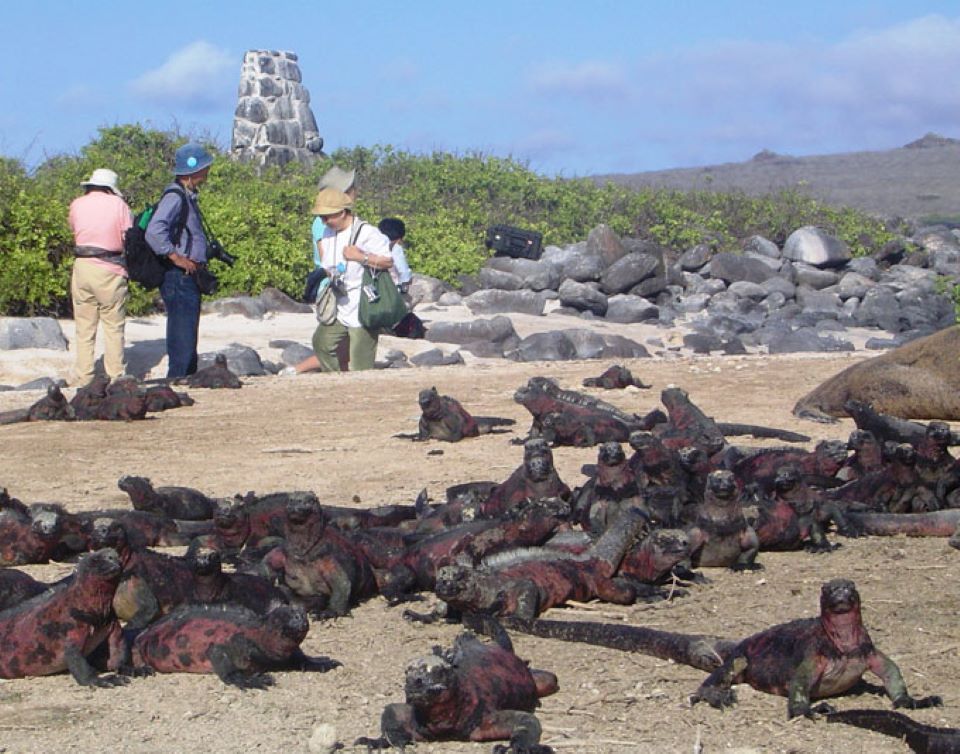
Tourism in the Galapagos
The Ecuadorian government declared the Galapagos Islands a national park in 1959, which is when the eco-tourism industry in this area began. Five decades later, the Galapagos now experience more than 200,000 visitors every year. There are some scholars who are concerned that this high number of tourists could become destructive to this delicate environment and interrupt the islands’ balance, if left unmanaged; and they’re absolutely right about it. This is why Galapagos conservation is so important, visitors should take care while visiting and not act in a manner that may harm the animals or ecosystem present. The system includes guided visits in the Galapagos National Park, trails for exploring, and various interpretation centers for enhancing the intrinsic value of the Galapagos Islands.
TALK TO A DESTINATION EXPERT

Diego Zapata

Rosa Mena

Sandy Lara

Diego Zapata

Rosa Mena

Sandy Lara
Top Experiences in the Galapagos Islands
Tortuga Bay
Bahia Tortuga, referred to as Tortuga Bay by the locals, is located just 2 miles southwest of Puerto Ayora. It has a long, white-sand beach where impressive marine iguanas are often seen strutting along the edge of the water. While there are no facilities near the water, you can walk from town and pass a beer and soda stand at the top of a staircase made of lava rocks. You’ll see stunning breakers right along one side of the beach, and a very calm bay towards the end of that same beach. The area offers a great introduction to a deciduous forest where giant prickly-pear cactus take over the landscape. Near the volcanic shores it is quite common to find marine iguanas.
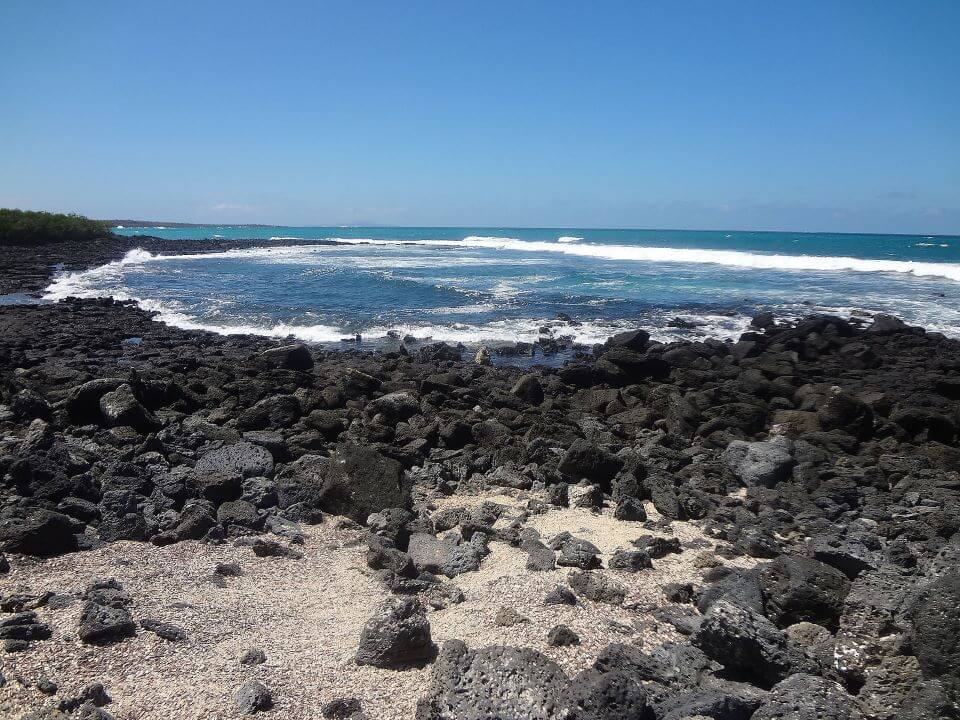
Bellavista & Santa Rosa
In Bellavista, you can explore the underground lava tubes, while in Santa Rosa, local farms are the top attractions. These tunnels run for a mile and are tall enough to walk through with ease. They were created by lava cooling more quickly on the surface than it did below, which created a crust that made the underground labyrinth. Up in the highlands, you will also find several privately-owned farms which offer you great options for exploring lava tubes. Some even have an underground lighting system, others offer rubber foots for comfortable walking, and most of these places are located next door to national-park land where giant tortoises in their wild environment pass back and forth between these places. Seeing giant tortoises in the wild is a top ecotourism experience, as the benefits also help the local farmers integrate themselves well with the local tourism industry. Further up in the highlands, a walk along the rim of the pit craters “Los Gemelos” is surely a rewarding hike.
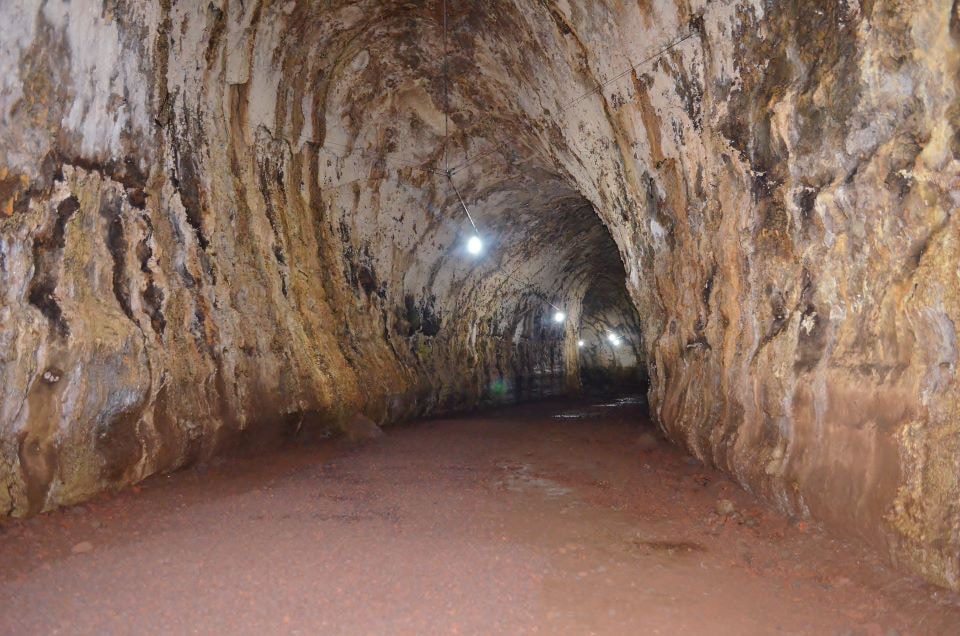
Charles Darwin Research Station
Perhaps one of the most-visited sights on the Galapagos Islands, the Charles Darwin Research Station offers some informational exhibits that explain the basics of the Islands, including weather patterns, ecology and geology. There are also some self-guided tours you can enjoy where you will see giant tortoises up close. The most important of all work here is what has been done in captivity in order to bring back the numbers of giant tortoises. The efforts are quite remarkable, and their results speak by themselves: more than 8,000 tortoises have been now repatriated back to their places of origin. This project makes the Charles Darwin Research Station a world-flagship leader in Galapagos conservation.
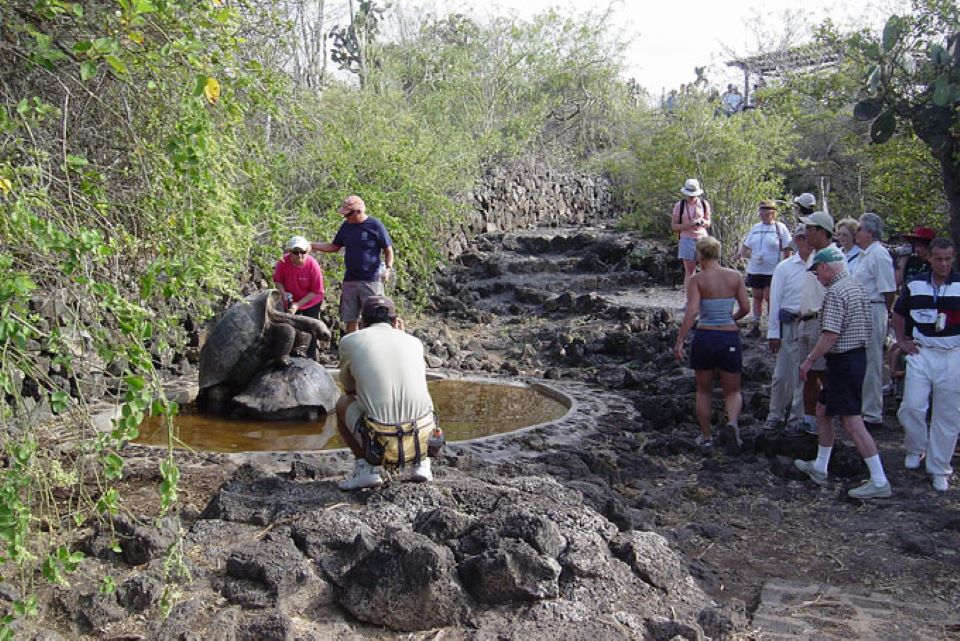
Volcan Sierra Negra
No trip to the Galapagos will be complete without visiting one of the islands’ volcanos, at least an active one. This is the signature excursion on the island, a 5.5-mile trek that takes you to the peak of the 4,488 foot Volcan Sierra Negra. The crater of the volcano, which is about 6 miles in diameter, is the second biggest in the entire world and the largest of any island volcanic group. The volcano last erupted in October of 2005 but did not threaten any animal or humans who inhabit the island. However, you can see where the evidence of this eruption took place. This powerful hike is for those who seek for a more adventurous outing while exploring the islands. The vegetation along the rim of the crater includes several endemic species of plants. Check our Island Hopping to visit this wonderful volcano.
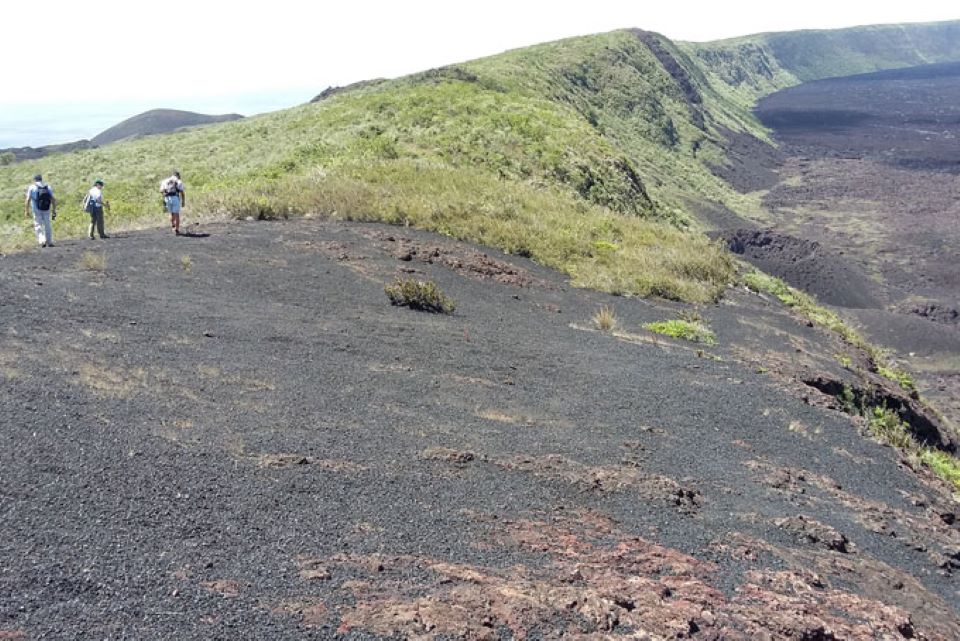
San Cristobal Interpretation Center
If you’re ready to learn about the history and development of the islands, then visiting this location is a must. Here, you can learn about the natural processes that have made the Galapagos the unique location it is today. The three exhibits located here include National History, Human History and Galapagos Conservation and Development. Once you have visited each exhibit, you can take a walk down the paths that lead from the Interpretation Center to Mann Beach to take a swim, to Frigate Bird Hill, which is a nesting location for frigate birds, or to Playa Punta Carola, which is a favorite location for local surfers. All along the paths, you’ll encounter lava lizards, native plants and other animals native to the area. Keep an eye for the mockingbird, which is an island endemic and seen by Charles Darwin back in 1835.
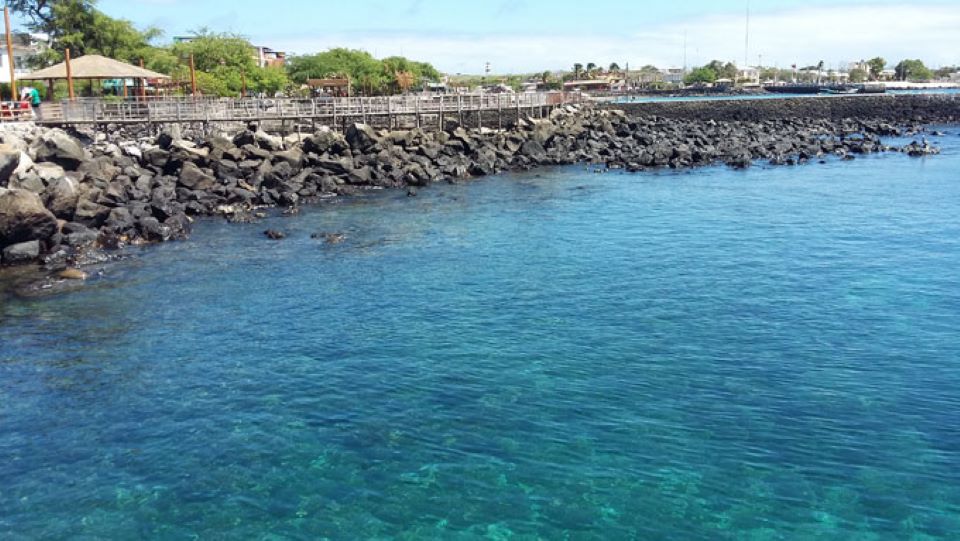
Learning more about the natural habitats of the animals and plants can help visitors see why Galapagos conservation is so important. There are a number of steps being taken today to minimize human impact, but it must continue to help preserve the unique ecosystem that is present. There are many places here that reflect how the past looked like on such remote archipelago: El Progreso village up in the highlands, some houses in town still show the original wood they were made off back in the 1950s (materials came from Baltra Island’s former US military base during WWII), and not to miss are the most amazing oranges you’ll ever taste from the highlands of such location. For the selfie-picture seeker, the most popular place is the monument of Charles Darwin right at the town’s main park.
Getting to and Around the Galapagos Islands – Galapagos Conservation
It is important to note that 97 percent of the islands are protected as a National Park, and only about 3% of the total land is used for tourism. Thus, the impact from visits is limited to a relatively small area. However, what is really important is the behavior and attitude of visitors in that small area, as these places hold a high number of the iconic species of the archipelago. Also, all visitors have to pay a $100 entrance fee, as well as an immigration control fee, and this money goes to Galapagos conservation efforts. When you’re traveling to the area, there are a number of ways you can reduce your footprint during your visit, including:
- Always taking steps to conserve water while visiting
- Disposing of your waste properly
- Nothing should be collected in the Galapagos Islands, except amazing photographs and memories
- Do not touch any animals. Animals are in their wild environment and their space and habitat should be respected. Stay at least 6 feet (2 meters) away from wildlife.
- Refraining from using campfires and smoking as they’re prohibited
- Only participating in approved activities
- Not traveling off the marked trails since you may upset the island balance
- Only using supplies that are not made from organic material, except souvenirs made from introduced woods
- Using common sense in every activity you become engaged in

Javier Garcia

Eduardo Silva

Carolina Escobar
START PLANNING YOUR TRIP

Javier Garcia

Eduardo Silva

Carolina Escobar
Get in touch for more
CONTACT US
Are You Ready to Visit the Galapagos?
The Galapagos Islands are a unique vacation location that you have to experience at least once in your life. With the information presented here, you’ll be well on your way to experiencing all of the sights this beautiful location has to offer. While the Galapagos Islands are in almost everyone’s bucket list, it is a location that deserves respect, appreciation, and much awareness in order to guarantee its integrity for future generations. If a live-aboard vessel was your top choice on your first visit, do consider a local hotel with day trips for a closer contact with natural resources and the local community for your second trip. The islands can offer any explorer rewarding different experiences every time making this destination a perpetual dream-come-true.
Blog Reviewed & Edited by: Francisco Dousdebés
Image Credits: Francisco Dousdebés


